
Transit Briefs: BART, Brightline, Caltrain, MBTA, OC Transpo, PRT
Written by Marybeth Luczak, Executive Editor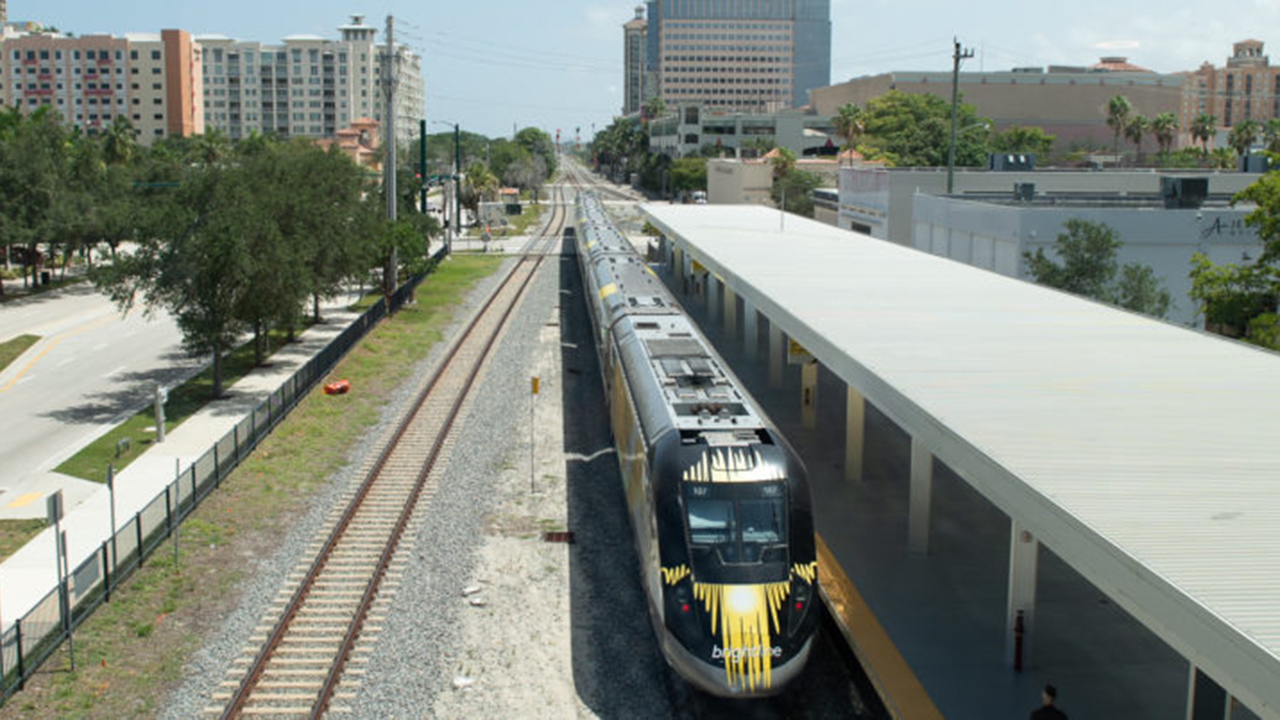
Brightline has again delayed the start of its much-anticipated Miami-to-Orlando service. (Photograph by David C. Lester)
San Francisco Bay Area Rapid Transit District’s (BART) Police Department earns highest level of accreditation from expert law enforcement panel. Also, Brightline, Florida’s private-sector passenger railroad, again delays its Miami-to-Orlando line opening; Caltrain energizes its second traction power substation as part of the California commuter railroad’s Electrification Project; Massachusetts lawmakers seek year-round MBTA Commuter Rail service between Boston and Buzzards Bay; Ottawa’s OC Transpo will add more trains this fall to O-Train Line 1 if ridership increases; and Pittsburgh (Pa.) Regional Transit (PRT) is reversing its COVID-19 vaccine requirement for employees.
BART
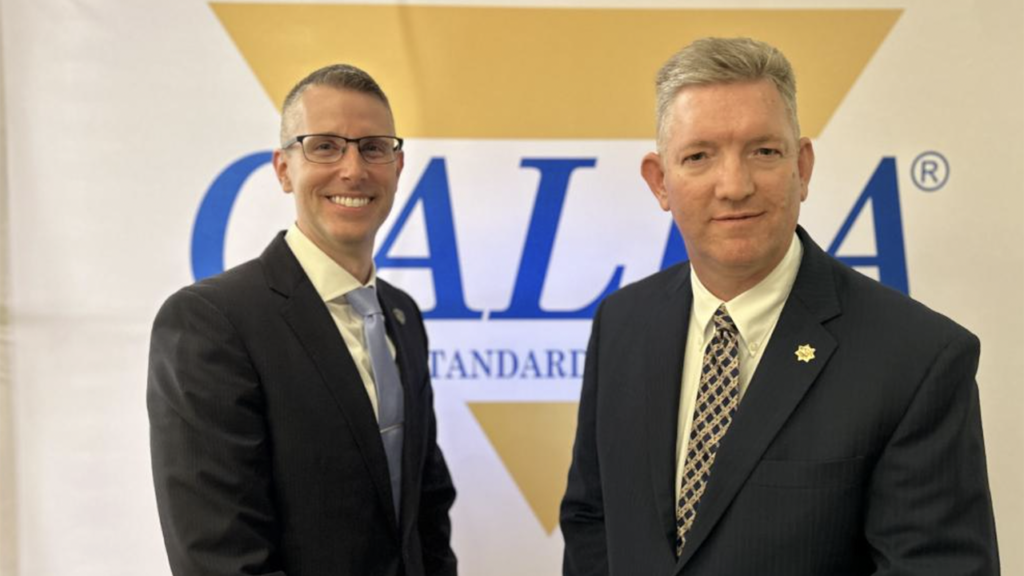
The Commission on Accreditation for Law Enforcement Agencies (CALEA) at its national conference reaffirmed that the BART Police Department (PD) continues to meet the standard for Advanced Law Enforcement Accreditation, BART reported Aug. 30. BART PD must prove compliance annually with nearly 400 standards as part of the accreditation; the process includes an on-site CALEA review, which focuses on facility inspections, staff interviews and gathering public input.
According to the transit agency, the BART PD, which is in the process of filling 29 sworn officer vacancies this fiscal year, was already among the fewer than 6% of law enforcement agencies nationwide that have earned CALEA accreditation. This advanced accreditation “acknowledges the department’s commitment to following industry best practices, building community trust, and engaging in more than decade long commitment to reform,” it said.
The BART PD first earned accreditation in 2019. According to BART, the National Organization of Black Law Enforcement Executives (NOBLE) recommended that the department seek accreditation after NOBLE conducted “a top-to-bottom review” of BART PD and released a final report in 2010 following “the tragic shooting death of Oscar Grant in 2009.”
“BART PD is working around the clock to ensure every rider feels safe from the moment they step into a station to the moment they arrive at their destination,” interim BART PD Chief Kevin Franklin said. “Our accreditation from CALEA wouldn’t be possible without the hard work of everyone in the department. Certification from CALEA is the gold standard for law enforcement. It shows the confidence of outside experts in the work being done by our department to continue improving, while ensuring we are keeping BART riders and workers safe across the Bay Area. We recognize that accreditation is a process, not a destination. We are committed to continuing with the hard work to measure up to CALEA’s high standards as well as the demands of our riders who expect us to do everything we can to keep them safe every time they ride.”
In related developments, the BART PD’s Progressive Policing and Community Engagement Bureau has received an Innovation Award from the American Public Transportation Association. Also, on Sept. 11 BART will begin shortening the length of its least crowed trains to “improve safety, allow for a cleaner fleet of cars, and maximize its scare resources.” Shortening trains will allow the agency to run only Fleet of the Future trains for its base schedule. Legacy trains will still be used if they are needed during large events or if they are needed to replace a new train, but this move, BART said, “accelerates the retirement of the old fleet.”
For more on rail transit in Northern California, read Railway Age Contributing Editor David Peter Alan’s March 2023 feature, “A Varied, Growing Network.”
Brightline

Brightline has again delayed the start of its much-anticipated Miami-to-Orlando service, reported Railway Track & Structures (a Railway Age sister publication) on Aug. 30.
According to the Orlando Sentinel, the railroad announced that additional crew certification and train testing remain, and the arrival of Hurricane Idalia was a factor in the decision to delay.
Brightline is offering refunds for passengers who purchased tickets on the route from Sept. 7 to Sept. 21, and is also providing reduced rates on Avis rental cars and upgrades to premium fares in an effort to allay the disappointment of those who had booked travel on the entire line, RT&S reported.
In an announcement, Brightline said “[w]e are close to identifying a start date, but we’ve added a few more days to our work schedule to complete the final stages of certification and testing.”
According to a News 6 report, service was originally slated to begin this summer, with Brightline celebrating the rail line completion between Orlando and Miami back in June.
According to the report, Brightline officials told News 6 that the rail service will “continue its high-speed testing through Brevard County, with a train running at 110 mph in the county for the first time on Monday.”
“We’re working through the final stages of certification and crew testing, but it’s apparent that we won’t hit our opening weekend as planned. Knowing it’s a holiday weekend, we want to give guests as much time as possible to adjust their travel plans,” the company wrote. “We have already started engaging them and will refund their tickets and provide a premium credit ‘on us.’ We hope they will rebook and enjoy the inaugural Brightline experience. We look forward to announcing an official date as soon as possible.”
Caltrain
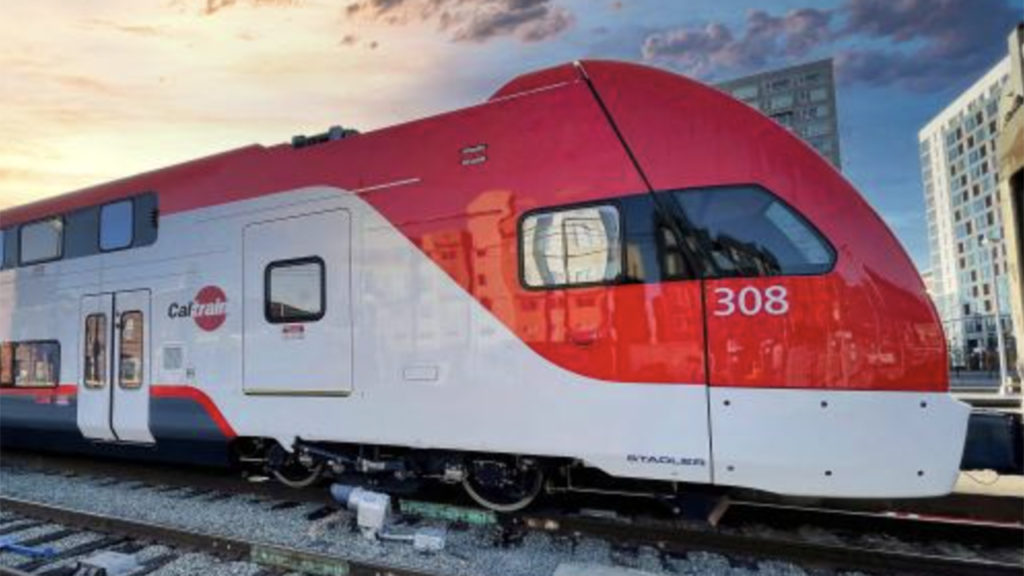
Caltrain on Aug. 30 reported marking a milestone for its electrification project: the South San Francisco traction power substation—constructed by Balfour Beatty and its industry partners—has for the first time been energized with power from Pacific Gas and Electric Company (PG&E).
This substation is one of two located along the Caltrain corridor. The substation in San Jose was energized last August. Together, with eight other smaller facilities along the corridor, these substations will provide, distribute and regulate electricity to the overhead wires that will power Caltrain’s new trains.
Caltrain is due to launch electrified service in fall 2024, which is two years later than planned. The commuter railroad’s $2.4 billion electrification project will upgrade and electrify its double-track system from the 4th and King Station in San Francisco to the Tamien Station in San Jose. Stadler-built KISS bilevel EMUs will replace Caltrain’s existing diesel fleet. Caltrain awarded Stadler a $551 million contract in August 2016 for 16 six-car EMUs, with an option for a further 96 cars worth an additional $385 million. In December 2018, Caltrain exercised an option to extend the trains from six to seven cars, and ordered another three seven-car trains. Caltrain has received four EMUs with further deliveries expected this fall. Caltrain on Aug. 17 reported that its Board approved exercising options on its contract with Stadler for four more EMUs.
Caltrain, PG&E and Balfour Beatty’s work on the South San Francisco traction power substation included the following infrastructure upgrades:
- Construction of two, double-circuit 115 kV transmission connections from the East Grand Substation in South San Francisco and the FMC Substation in San Jose to Caltrain traction power stations in those communities.
- Rebuilding the East Grand and FMC substations that enabled PG&E to support Caltrain’s request for redundant transmission feeds.
- Additional upgrades to three PG&E and two third-party remote end substations.
“Energization of the second traction power substation is a momentous milestone for the Caltrain electrification project and continues to keep us on track for launch of electrified service in fall of 2024,” Caltrain Executive Director Michelle Bouchard said. “We want to thank the hundreds of people who have been involved in the work and coordination to get us to this moment. Soon we be able to test electric trains along our entire corridor and we are excited to deliver a world-class system for the public.”
“We look forward to continuing our vital work on the corridor, including the delivery of the overhead catenary system, to help our client provide a reliable, safe and sustainable commuter rail service in the area,” said Mark Konchar, Balfour Beatty US Civils President.
In the spring, the commuter railroad ran for the first time EMUs under power from the overhead contact system between Santa Clara and College Park on the Santa Clara Drill Track; testing was to extend to the main line between San Antonio and San Jose Diridon later this summer.
MBTA
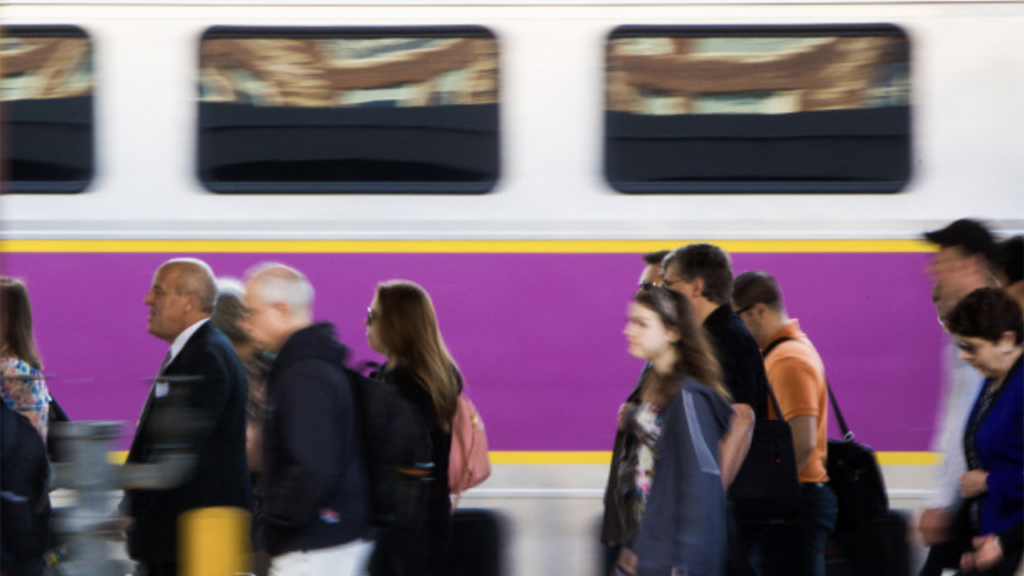
Massachusetts lawmakers are seeking the launch of MBTA Commuter Rail service between South Station in Boston and Buzzards Bay, according to a State House News Service report published in CommonWealth Magazine.
If passed, the legislation filed by Rep. Dylan Fernandes of Falmouth and Rep. Kip Diggs of Barnstable would instruct MBTA to start service within one year; this includes at least three morning peak trips and three evening peak trips each weekday, the report said.
According to State House News Service, MBTA’s Cape Flyer now serves that route on summer weekends, “so supporters believe sufficient infrastructure is already in place. Unlike the Cape Flyer, however, lawmakers behind the bill want to launch an option that would provide more predictable and regular service for the region’s residents rather than what Fernandes dubbed ‘another tourist train.’”
“It’s time for commuter rail to come to the Cape and islands and be accessible for Cape and island residents,” Fernandes told the State House News Service. “There’s nearly 300,000 people that live here, millions of people that travel here every year, and we need increased rail access to the region for economic opportunity reasons, for congestion reasons that are a big deal down here, and if we want to do our part to combat climate change, that’s a part of it as well.”
According to the State House News Service, the service proposal builds off the South Coast Rail project, which is slated to start operations later this year along the existing Middleborough/Lakeville Line from New Bedford and Fall River to Boston.
The legislation also charges MBTA and the Massachusetts Department of Transportation with studying the feasibility of operating year-round daily passenger rail service linking Boston with Falmouth, Bourne, Barnstable, Yarmouth and Sandwich, reported the news service, adding that Fernandes said some tracks exist “but they are not graded for the higher speeds typically associated with commuter rail travel, so more investment would be needed.”
The State House News Service reported that the Cape Cod Commission and MassDOT in 2021 published a study on rail service to the area; it estimated that 14 Boston-to-Buzzards Bay trips would attract an average 1,710 riders per day, with a capital cost of $67.2 million and yearly cost of approximately $5 million. It added that Boston-to-Bourne service would draw 2,540 riders per day, with a capital cost of about $102.6 million and a yearly cost of $9.3 million.
OC Transpo
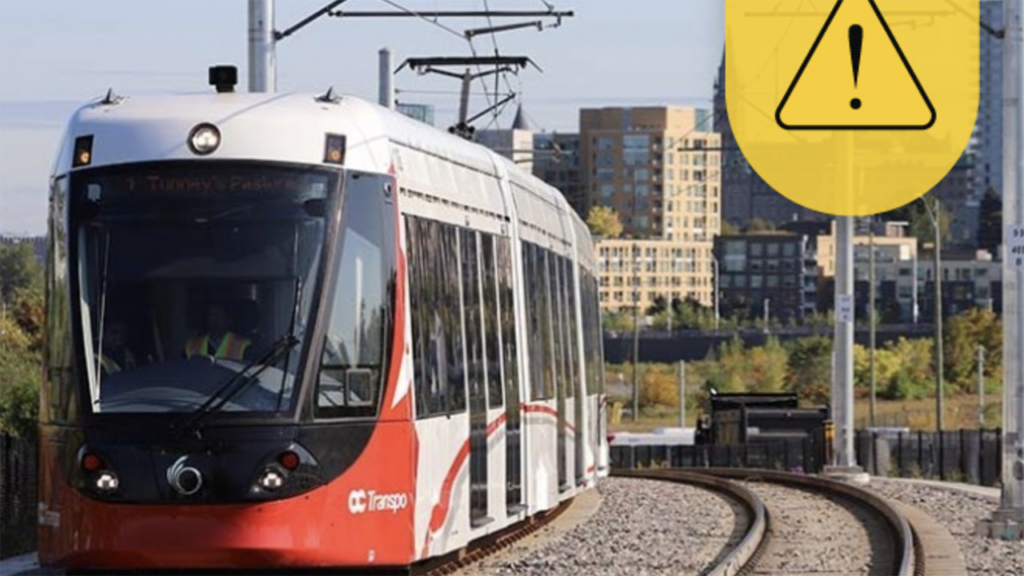
OC Transpo Transit Services General Manager Renee Amilar says that double-car trains will be added to the O-Train Confederation Line (Line 1) during morning and peak periods if there is a ridership boost this fall as students return to school, CTV News Ottawa reported Aug. 30.
Following a 28-day shutdown of the light rail service this summer, Line 1 has been operating with single cars between Blair and Tunney’s Pasture stations, according to the media outlet. Service halted July 17 after a routine inspection uncovered an issue with a bearing on one of the trains. OC Transpo has said the problem was “similar” to what caused a derailment in August 2021 and a wheel hub failure in July 2022.
“Based on the ridership that we have seen, we don’t anticipate any issue,” Amilcar said, according to CTV News Ottawa. “However, if we see something we’ll be able to add more double-trains instead of running single-car trains.”
CTV News Ottawa noted that double-car trains ran on the transit line at all times when it launched. The media outlet added that “[a]s part of the new Safety Note for the LRT system, all front and rear wheel hub assemblies on LRT vehicles must be replaced every 60,000 km, which will increase maintenance requirements.”
PRT
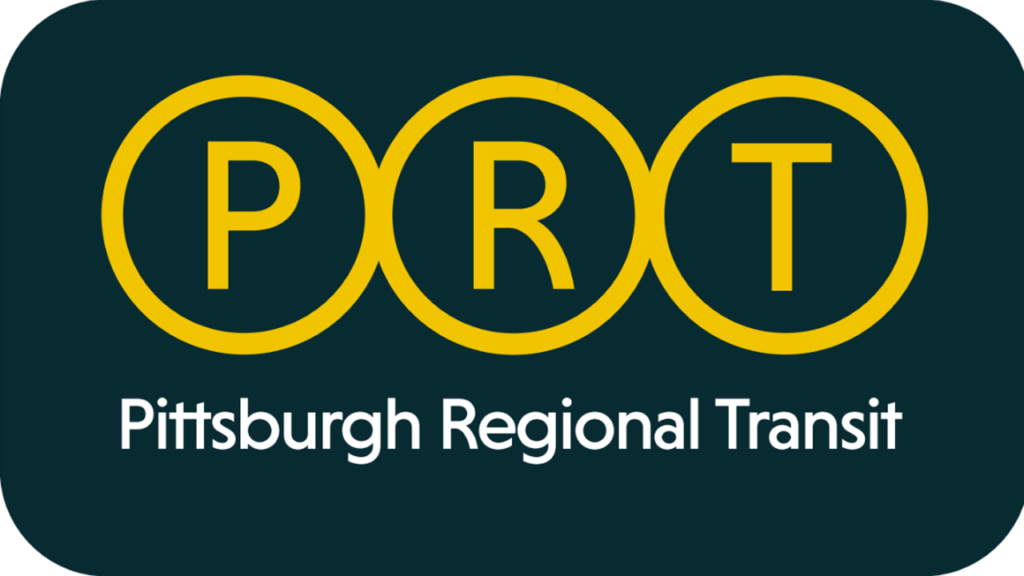
PRT is changing its COVID-19 vaccine requirement policy for employees, “despite its own claims that the program’s existence saved lives and helped keep passengers healthy over the past few years,” according to a Pittsburgh Business Times report published Aug. 30 by Pittsburgh-based WPXI-TV.
The policy will end Aug. 31 and all 84 employees terminated for not complying can return to work if they wish, PRT said in a statement, according to the report. PRT, which provides light rail, bus, incline and paratransit services, had required workers to be fully vaccinated by March 15, 2022.



